Tactile Universe
Tactile Universe is making space and astronomy accessible to the blind and vision impaired community
This award winning project engages the visually impaired community using 3D printed tactile images of galaxies to help the “feel” the universe.
Astronomy is traditionally an incredibly visual science, with focus on stargazing and incredible telescope images of space. This means that it can be difficult for members of the visually impaired (VI) community to engage with astronomy and space or build a career in the sector. The Tactile Universe Project, led by University of Portsmouth astronomer Dr Nic Bonne, prints 3D images of galaxies, allowing people to ‘see’ the Universe by feeling the shapes of these astronomical objects.
“I wanted to make something that could help to inspire and teach people about astronomy, regardless of whether they can see or not.”
Dr Nicolas Bonne
Astronomer and Tactile Universe Lead
Actions taken
Using a wide selection of galaxies, including spirals, ellipticals, and merging galaxies, Tactile Universe is creating a catalogue of models to teach everyone about space. To date, the project has developed and used its tactile resources to help VI children experience the size and scale of our solar system and understand what gives every galaxy in the Universe its own unique colour and shape.
For each model, astronomical data is taken from the Sloan Digital Sky Survey. The data is processed using a special transformation that means the faintest features (like spiral arms) can be seen at the same time as the brightest features (like the centre of the galaxy) are easily visible at the same time. This results in a black and white image of the galaxy, representing all of the light coming from the galaxy.
To make the 3D models, this image is converted to a height map where white is the tallest point and black is the least raised point. This means that in the handheld model, taller regions correspond to brighter parts of the original image. A border is added along with the name of the galaxy and the model is ready to use.
The models are used at a wide range of outreach events, including at schools, and aim to show children that anyone can be an astronomer if they want to.
Outcome/ impact
All resources created for the project are freely available online through www.tactileuniverse.org, including 3D printing files, lesson plans and guides. With access to a 3D printer, anybody can download and make their own set of tactile resources to feel the awe inspiring shapes and structures of galaxies and understand gravitational-waves, one of the most exciting areas in astrophysics today.
The project has won several awards, including the 2022 Annie Maunder Medal for Outreach.
The future
Predicted by Albert Einstein in 1916, as part of his theory of general relativity, gravitational waves were not detected until 2015, when the merging of two black holes in a distant galaxy (one of the most cataclysmic and energetic events that can occur in the Universe) caused ripples in space-time that were detected by the Laser Interferometer Gravitational-Wave Observatory (LIGO) instrument. Working with LIGO scientists at the University of Portsmouth and around the UK, the Tactile Universe team is developing resources and activities suitable for VI students, covering the detection of, and science behind, gravitational-waves.
Organisations involved
University of Portsmouth


